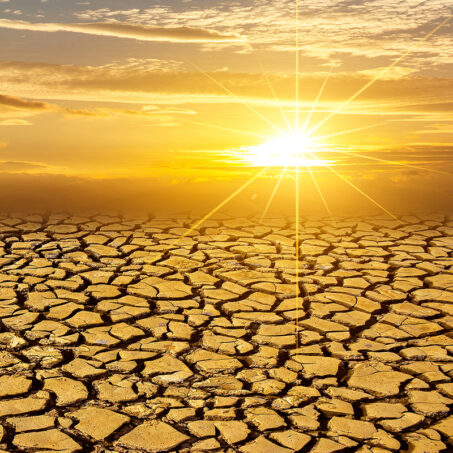Paying the Price for Sun Damage

Pick your favorite cliché: Do as I say, not as I do; an ounce of prevention is worth a pound of cure; better safe than sorry; forewarned is forearmed.
Mea culpa. All the above relate to my failure to follow the well-established health advice about sun exposure that I’ve offered repeatedly to my readers: Routinely protect your skin from the cancer-causing and aging effects of the sun’s ultraviolet rays.
For decades I’ve failed to practice what I preached (OK to wince) and am now paying for my negligence with unsightly splotches, bumps and bruises and at least one cancerous lesion on my sun-damaged skin. My litany of excuses has included: hats mess up my hair, long sleeves and pants are too hot in summer and exercising while coated with sunscreen is suffocating.
Annually vowing to do better, every summer I dutifully purchase the latest dermatology-recommended sunscreen that, alas, spends the summer unopened on a bathroom shelf. I hereby pledge to do better this year, albeit late in the game.
A new report from a dermatology team at Kaiser Permanente health care centers in California has prompted me to reform. The team, headed by the epidemiologist Lisa Herrinton in Oakland, followed nearly half a million patients seen at the centers for up to 10 years. Half had already developed one or more actinic keratosis, a precancerous rough, scaly skin lesion caused by years of unprotected sun exposure.
As you might expect, these lesions most often form on the face, ears, back of the hands, forearms, scalp and neck and are — or should be — routinely removed when found by dermatologists to prevent progression to cancer. The lesions are markers of sun damage and can serve as an early warning system for people at risk of developing cancer somewhere on sun-exposed skin.
Share this article
Our social media accounts are a great way to stay engaged with our community. We welcome your feedback on our programs and services!
